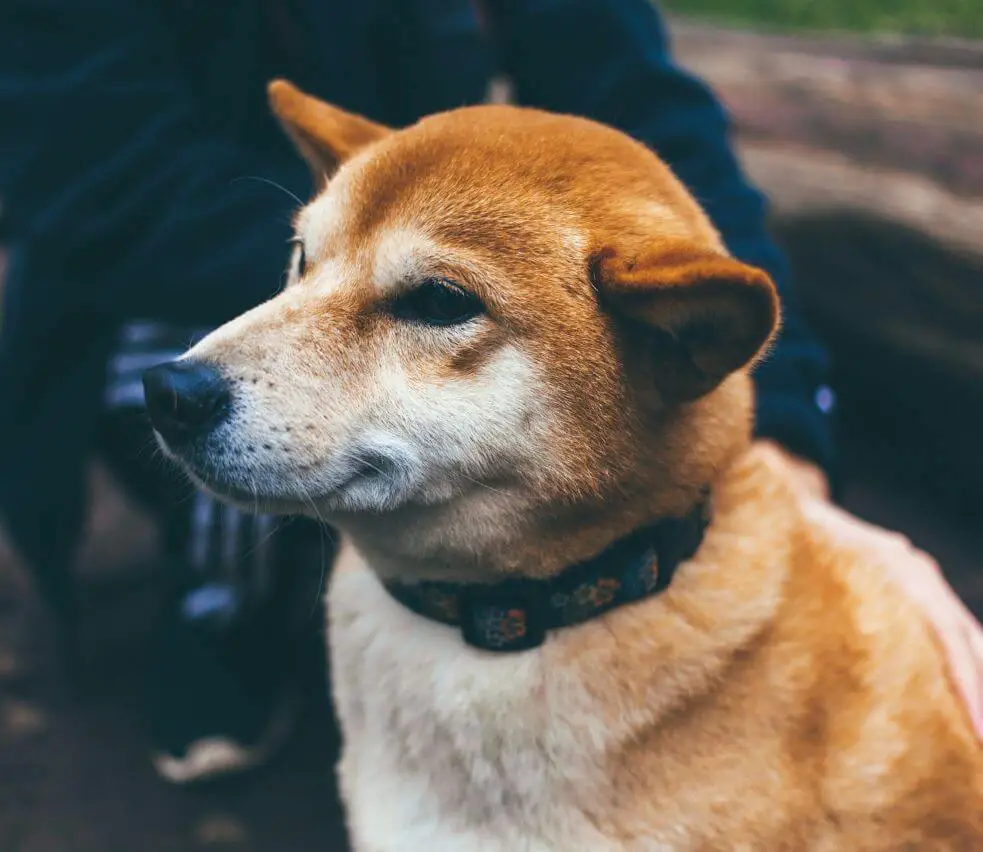Dogs, much like humans, exhibit unique personalities and preferences. While they are often known for their loyal and friendly nature, there are instances where a dog might exhibit aversion towards particular individuals. Understanding the reasons behind this behavior can help foster better relationships between dogs and humans.

1 – Fear of Unfamiliar People or Situations:
Dogs, inherently social beings, can sometimes exhibit caution or fear around new people or situations. This predisposition towards anxiety might stem from their natural instincts to protect themselves from potential threats.
2 – Negative Past Experiences:
Past experiences profoundly influence a dog’s behavior towards humans. Instances of abuse, neglect, or frightening encounters with people can instill fear and wariness, causing dogs to react negatively to strangers.
3 – Misreading Body Language:
Dogs communicate through body language, which can sometimes be misinterpreted by humans. Certain gestures or postures that humans may perceive as harmless might appear threatening to dogs, leading to discomfort or fear.
4 – Lack of Positive Reinforcement:
Positive interactions play a crucial role in shaping a dog’s behavior towards humans. Instances of rough handling, loud noises, or other unpleasant experiences can cause dogs to associate certain individuals with negativity.
5 – Certain Personalities:
Just as humans have diverse personalities, so do dogs. Different breeds exhibit varying temperaments, with some being naturally more reserved or wary of strangers. Additionally, an individual dog’s personality can influence their reactions to new people.
Signs a Dog Might Dislike Someone:
- Physical Signs: Tucked tail, flattened ears, lip licking, whale eyes, yawning, or excessive shedding.
- Behavioral Signs: Growling, barking, cowering, hiding, or pulling away when approached.
Tips for Helping Your Dog Feel More Comfortable Around New People:
Promoting positive interactions and respecting a dog’s boundaries are key to helping them overcome their aversion towards certain individuals.
- Positive Reinforcement: Encourage calm and positive interactions with new people, rewarding the dog for relaxed behavior.
- Gradual Introductions: Allow the dog to approach new individuals at their own pace, facilitating sniffing and initial interactions before petting.
- Respectful Interactions: Educate new individuals on respectful behavior around dogs, such as avoiding direct eye contact or sudden movements.
- Providing a Safe Space: Offer the dog a designated area where they can retreat if feeling overwhelmed by new people, providing them with a sense of security.
Building a positive relationship between dogs and humans requires patience, understanding, and respect for the dog’s boundaries. By addressing underlying causes and implementing appropriate strategies, owners can help their dogs feel more comfortable and secure around new individuals. Seeking guidance from professional trainers or behaviorists can be beneficial in addressing deeper behavioral issues. Ultimately, fostering a safe and supportive environment is essential for nurturing strong bonds between dogs and humans.
